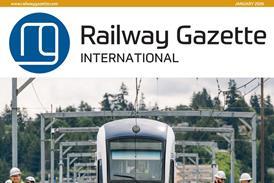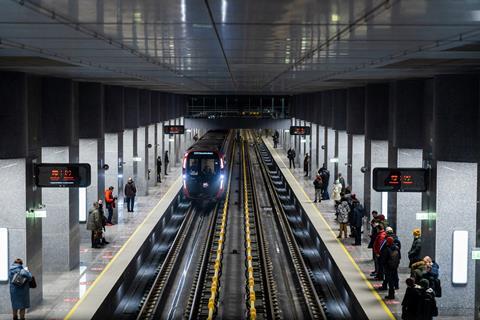
RUSSIA: The final two sections of Moskva’s Bolshaya Koltsevaya (‘Big Circle’) orbital metro line were formally opened on March 1.
The completed Line 11 was inaugurated by President Vladimir Putin and Mayor Sergey Sobyanin.
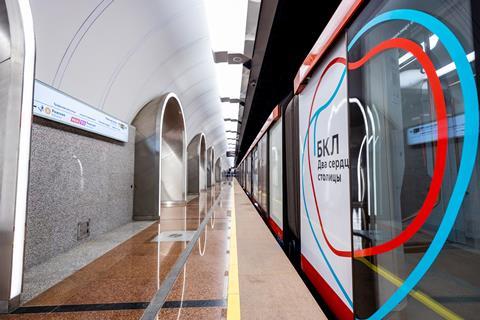
The final segments were two standalone sections totalling 23 route-km. One 15·2 km section links Nizhegorodskaya in the east with Kakhovskaya in the south, serving six intermediate stations. Nizhegorodskaya is set to become a major transport hub on the eastern edge of the capital, providing interchange with Line 15 and the orbital Line 14, the Central Circle.
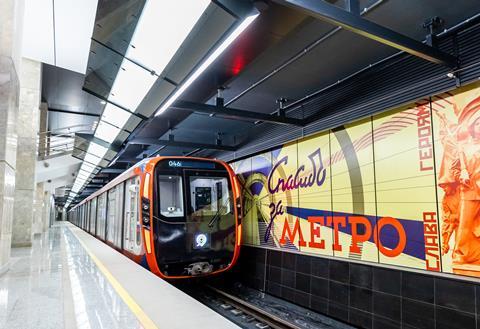
A 7·7 km northern section links Savyolovskaya on Line 9 with Elektrozavodskaya on Line 3, adding three intermediate stations.
The completion of the Bolshaya Koltsevaya Line makes it the longest orbital metro line in the world at 70 km, according to Moskva Metro. This is 13 km longer than Beijing’s Line 10.

The 31 stations on the Big Circle provide 47 interchanges with existing or planned metro lines, as well as with the Moskva Central Diameter and other commuter rail lines.
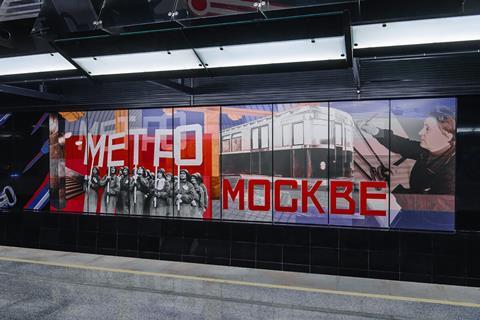
The idea for the Bolshaya Koltsevaya Line was first put forward in 1947, but the final decision to build it only came in 2011 and construction started that November.
The first 10·5 km section opened in February 2018, while a further 20 km section opened in December 2021, the longest single metro extension to open in the city.

Line 11 has three depots with Nizhegorodskoye opening a week before the line’s inauguration. The route is operated solely by Moskva-2020 trainsets, the latest-generation of vehicles supplied by Transmashholding subsidiary Metrowagonmash.
‘More convenient and shorter transport routes will be created by the opening of the Bolshaya Koltsevaya Line’, said Sobyanin. ‘Tens of millions of hours will be saved, bringing better and faster transport for millions of passengers’.



